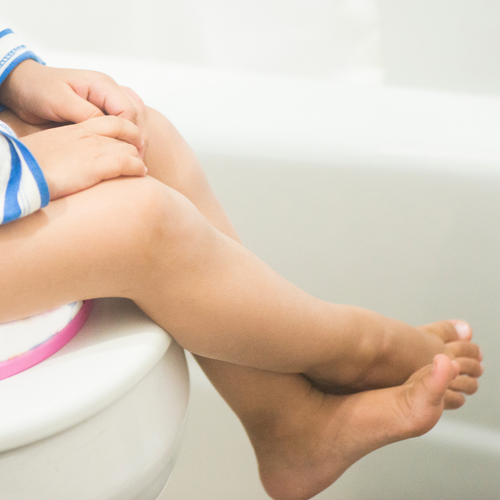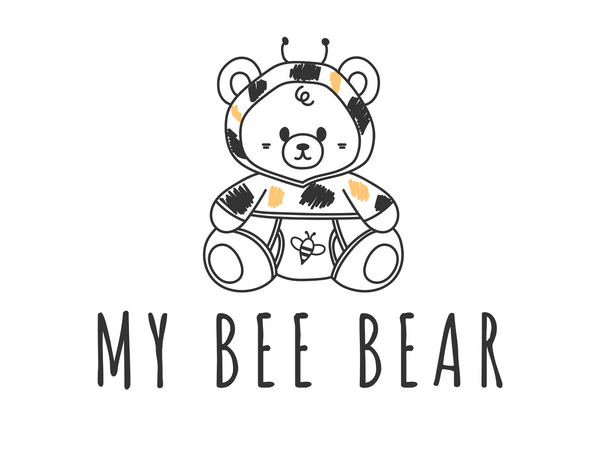
Most Common Potty Training Questions
Share
Is My Child Ready for Potty Training?
Every child’s potty training journey is unique, and there’s no “perfect” age to begin. That said, most children show readiness between 2 and 3 years old, while others may be ready earlier or later. Recognizing your child’s cues is more important than focusing on their age.
Signs of readiness include:
- Staying dry for longer periods.
- Expressing curiosity about the potty or mimicking bathroom behaviors.
- Understanding and following simple directions.
- Having predictable bowel movements.
Patience and a positive mindset are essential. Children thrive with encouragement, and potty training is a process that requires time, understanding, and a focus on progress rather than perfection.
Should I Use Training Pants?
Training pants can bridge the gap between diapers and underwear, giving your child a sense of independence during potty training. However, disposable pull-ups often feel too similar to diapers, which may hinder progress.
Cloth training pants can be a game-changer. By letting your child feel the sensation of wetness, they reinforce the connection between actions and consequences, an essential step for successful potty training. To set your child up for success, look for training pants with these key features:
- Wetness awareness: Helps build the brain-body connection.
- Trim fit: Reduces bulk, signaling to your child that these aren’t diapers.
- Ease of use: Allows your toddler to pull them up and down independently.
Switching to cloth training pants is an exciting milestone in the transition from diapers to full-time underwear.
How to Introduce Potty Training Pants
Start by preparing your child for the transition. Begin discussing the change in a positive way, and pick a date together to mark the end of diaper use. This builds excitement and sets clear expectations. Show your child their new training pants, explaining how they work differently from diapers.
When the big day arrives:
- Start the morning with a trip to the potty. Successfully catching the morning pee builds confidence.
- Put on the training pants and let your child take ownership of the process.
- Be patient with accidents. Testing the waters is natural as your child learns.
The key is consistency and encouragement—focus on progress, not perfection.
Potty Training in 3 Days: Can It Work?
A three-day potty training method can be effective for some children, provided they’re developmentally ready. Here’s how to prepare and make the most of this approach:
- Plan Ahead: Gather essentials like a child-sized potty, extra underwear, and cleaning supplies. Talk to your child about what to expect.
- Pick the Right Time: Choose a stress-free weekend or a few consecutive days when you can focus entirely on potty training.
- Encourage Regular Potty Breaks: Offer potty opportunities every 20–30 minutes, especially after eating or drinking.
- Ditch Diapers: Keep your child bare-bottomed or in underwear to help them recognize when they need to go.
- Celebrate Successes: Use rewards like praise, stickers, or small treats to motivate your child.
Is Three-Day Potty Training Realistic?
The three-day method isn’t a one-size-fits-all solution. Some children adapt quickly, while others need more time. Think of the three-day period as an intensive introduction to potty training rather than a guaranteed solution. Even if your child shows progress, accidents are normal and part of the learning process.
Remember, potty training is a journey that extends beyond a single weekend. Consistency, patience, and positive reinforcement will pave the way for long-term success. Celebrate small victories, and trust that your child will get there in their own time.
